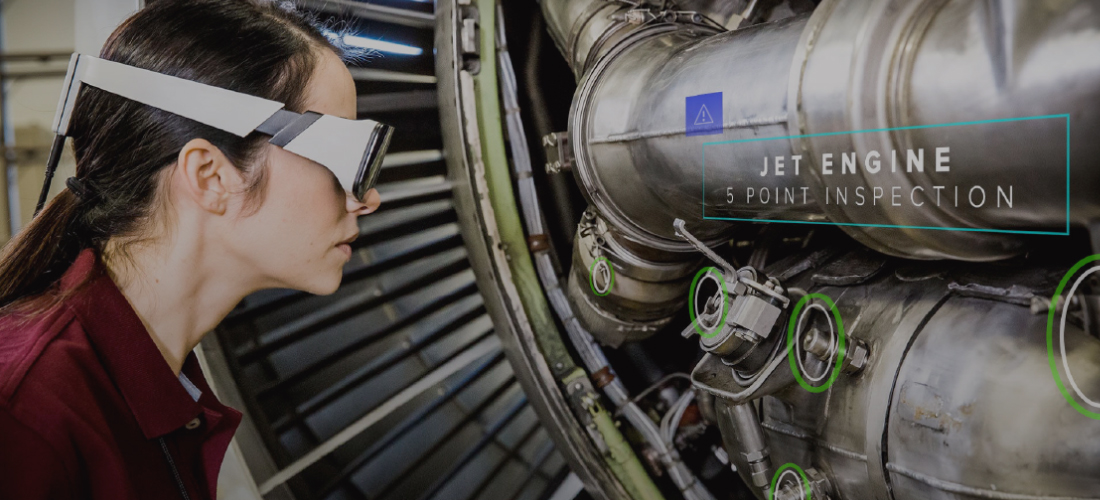
PUBLISHED
November 24, 2017
WRITTEN BY
Sid Nagpal
As the fastest growing safety software company in the world, we understand the importance of technology and the impact it has on EHS management.
Based on emerging industry trends, we’ve put together a list of the 5 technologies that we believe will shape the future of safety. We expect the path to the adoption of these technologies to unfold as follows: The Internet of Things (IoT), Big Data & Predictive Analytics, Machine Learning, and Artificial Intelligence (AI).
For our first article in the Safety Tech Trends series, let’s take a deeper look at the Internet of Things (IoT) and its impact on the world of safety.
The Internet of Things describes the concept of connecting the physical world around us to the internet to make our personal or work environments more intelligent. Often billed as the “third wave” in the development of the internet (after the PC wave in the 90’s and the mobile wave in the 2000’s), IoT is expected to connect over 28 billion “things” to the internet by 2020.
IoT Today
A great example of IoT in today’s world is the Google Home. One of the most popular gadgets in consumer electronics, it exemplifies the power of IoT. From playing Netflix, to calling an Uber, to ordering a pizza for dinner, the Google Home is more than just a speaker – it simplifies daily tasks and helps people stay connected. Just say “OK Google” and a virtual assistant is at your service.
In construction, Caterpillar has started including telematic sensors and accompanying software as standard with most of their machines, tracking everything from payload weight to usage rate. This lets companies view accurate, real-time information about individual machines (or their entire fleet) for better decision making.
IoT in Safety Today
IoT enables the automation of controls for the frontline workforce. For example, lone worker applications enable individual workers in remote locations to have their status and health conditions monitored.
In addition, IoT enables operationalizing of the safety management system. For example, eCompliance links RFID chips on safety equipment straight to the inspection process, and recurring dashboards allow companies to ensure that everyone on site has PPE in working order.
What is the future of IoT for EHS?
There is potential for thousands of IoT use cases every day. Wearable technology, like Daqri’s Smart Helmet and Google’s Glass, are becoming more common in the EHS industry. These devices combine IoT with Augmented Reality, enabling workers to easily assess hazards and uncover hidden risks on the job site. Moreover, the automation of controls will become easier through IoT applications that are able to keep workers from harm’s way by stopping machinery when employees are at risk.
With the use of IoT, we will be able to identify hazards, link them to controls and easily create real-time risk dashboards across numerous sites. At eCompliance, we have already created the link between safety equipment, the safety management system and real-time dashboards. Moving forward, with further adoption of IoT, we will be able to make “residual risk” even more transparent.
Rethinking Safety
Drive employee engagement by connecting
your frontline to your boardroom.
Take a closer look at IoT and other tech trends that are transforming EHS.
READ E-BOOK →